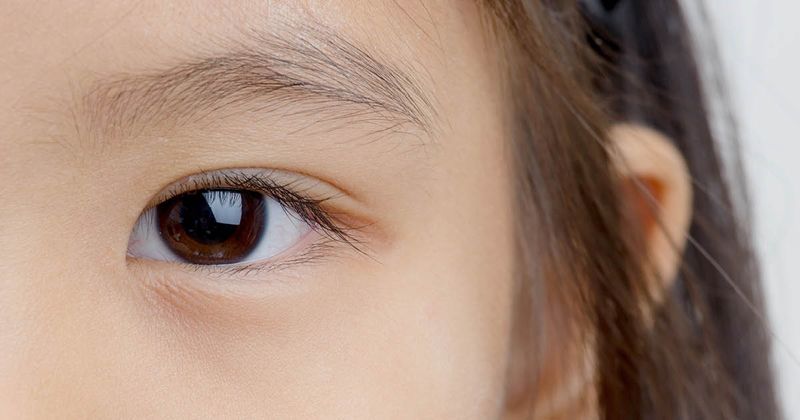More research needed on long-term effects of low-level red light therapy in children
Key takeaways:
- Current research indicates that low-level red light therapy slows myopia progression in children.
- The novelty of the treatment means there are limited data on long-term safety.
Research suggests that low-level red-light therapy may be safe and effective for treating myopia, but further investigation is necessary to determine the long-term effects on children, according to a review in Optometry and Vision Science.
“Evidence from animal eye models closest to humans suggests that long-wavelength (red) light therapy could be a potential new treatment to slow the progression of myopia,” Aaron D. Salzano, OD, FAAO, from Pacific University College of Optometry, and colleagues wrote. “Initial results from randomized clinical trials in children support the findings from animal studies showing a strong anti-myopia effect of red light. However, several questions require consideration before red light can be utilized for myopia control in clinical practice.”

While several cohort studies and randomized controlled trials have demonstrated that increased time outdoors is associated with lower incidence of myopia in children, animal studies on tree shrews have indicated that brief exposure to red light may slow axial elongation, supporting the idea that long-wavelength light could be an effective intervention to slow myopia progression in children.
All currently published trials of low-level red-light therapy in children have been conducted on those of Chinese descent, and the most commonly used peak wavelength of red light was 650 nm ± 10 nm.
The studies have shown promising results, researchers wrote, with low-level red light therapy significantly slowing the progression of myopic spherical equivalent refraction and strong retention rates.
The largest study conducted to date had an experimental group of 117 children and found 69.4% less axial growth and 76.6% less myopic spherical equivalent refraction progression than the control group after 12 months.
In studies comparing low-level red light therapy with other myopia management options, such as atropine and orthokeratology lenses, low-level red light outperformed both in slowing myopia progression.
Randomized studies on low-level red light therapy have reported no adverse events as a result of red light exposure, but Salzano and colleagues note that the novelty of this treatment means that there are limited data on long-term safety and efficacy.
“As red-light devices become available globally, and study methods and results are more frequently reproduced, future investigations of red light in children will determine the right balance of its safety and efficacy,” Salzano and colleagues wrote. “It may be that children need as little time as it takes to brush their teeth twice a day to minimize myopia progression with repeated low-level red light.”
They continued, “However, there are no long-term safety profiles of low-level red light therapy in children or its lasting effects into adulthood.”
